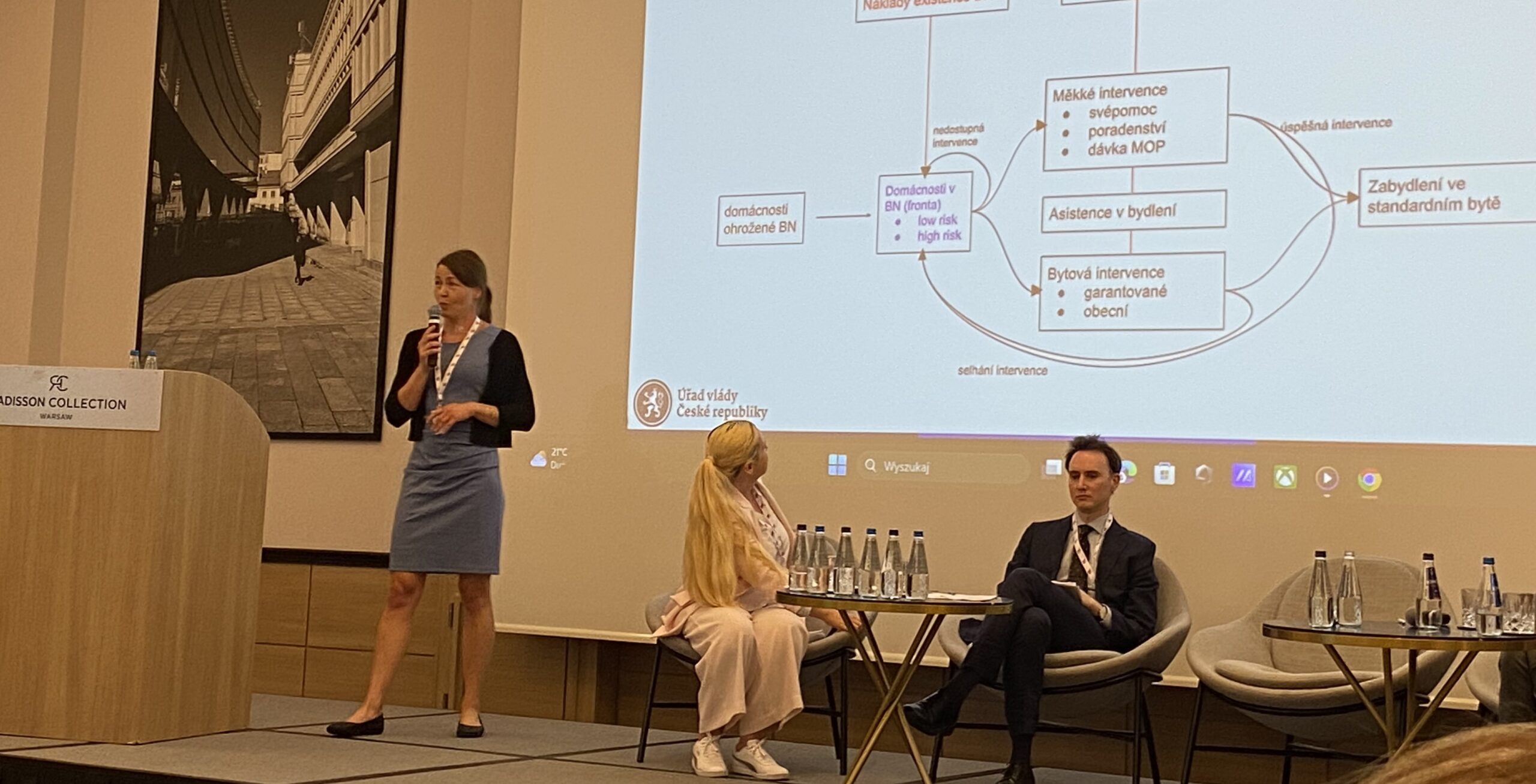How can new technologies contribute to better regulation – and how can regulation support technological development? These were the central questions explored at the Directors and Experts of Better Regulation (DEBR) conference, held in Warsaw on 5–6 June. The event brought together leading experts from across Europe working at the intersection of law, economics, and technology.
Among other things, the European Commission presented its new working method and principles for “Digital-ready policy-making” (DRPM) in the legislative process. This initiative aims to bridge the gap between policy design and implementation, supporting the digital transformation of public administration. This includes, for example, user-centric processes to simplify and automate, the once-only principle so that companies and others only have to provide data once and in one place, using existing IT solutions rather than creating new ones, and technology neutrality. Cross-sectoral and interdisciplinary work is a basic prerequisite.
Concrete examples were presented from Denmark (processes for digital scrutiny of new and existing legislation), Finland (regulatory sandboxes for the AI Act), and the Czech Republic, where Lucie Zapletalova from the Czech Regulatory Impact Assessment Board (RIAB) presented how large language models are being used to identify administrative burdens in legislation.

